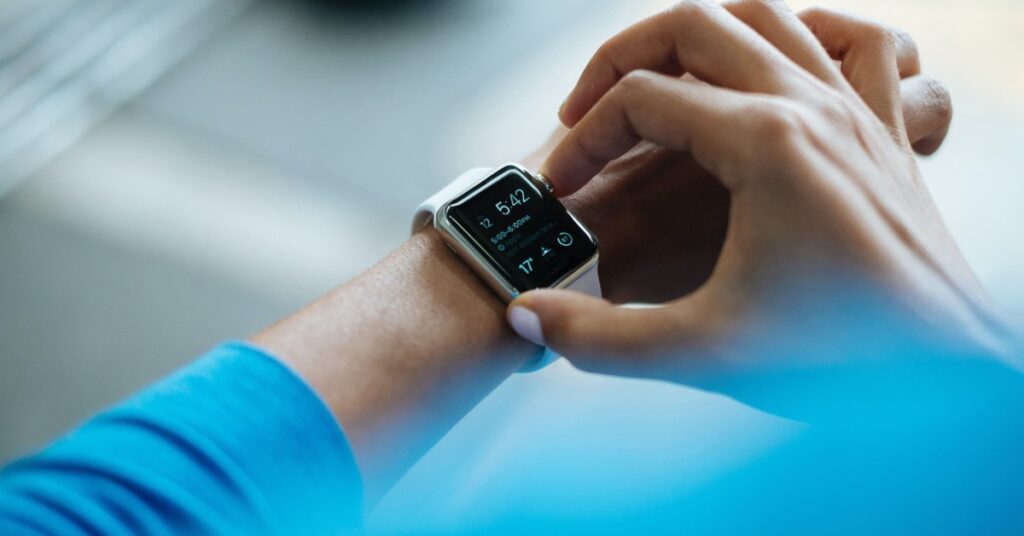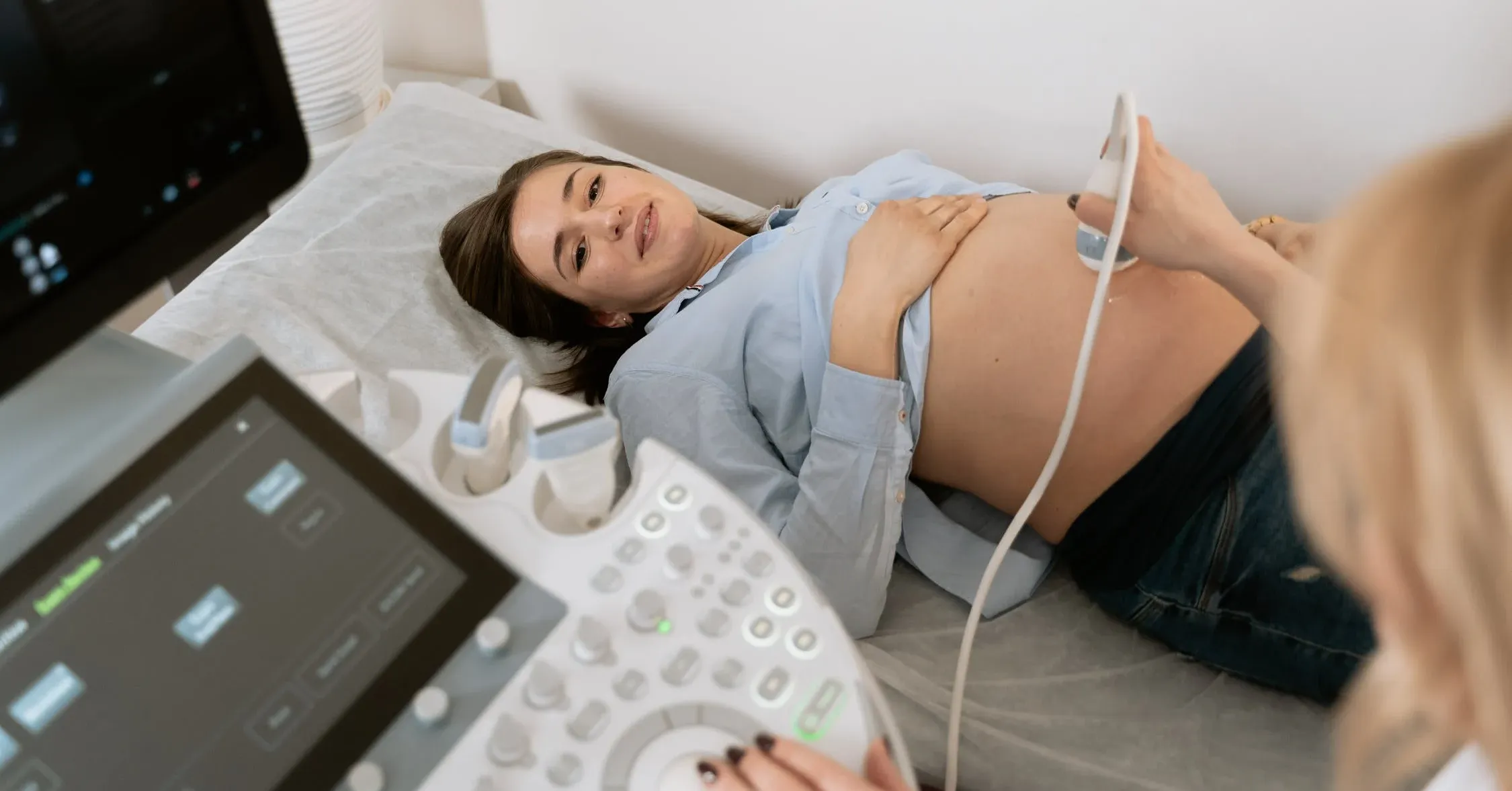
Is It Hard to Become a Pharmacist?
To become a pharmacist, you need to earn a Doctor [...]

Healthcare professionals value the contributions health informatics provides in healthcare delivery and cost management. They see firsthand the beneficial outcomes of combining data analytics and patient record management. They also appreciate a less-heralded sector within the field: consumer health informatics (CHI).
Greater access to medical data and a focus on consumer education have patients wanting to play a more active role in their health management. Whether opting for telehealth appointments, advocating for access to medical care in underserved areas, or looking for ways to increase self-management of conditions, patients embrace the reliable, useful information consumer health informatics provides because it enables them to exert control over their wellness.
CHI can also benefit doctors and healthcare providers with increasingly busy schedules and less time to spend with patients. Electronic health records, self-management apps, and video information providers all create access to accurate, individualized digital health data that informs treatment while empowering patients to take on a larger role in their care.
What is consumer health informatics and how does it stand to improve patient information management? This article explores that question and also discusses:
Consumer health informatics functions as a subdiscipline of general health informatics. It focuses on understanding consumer needs, finding ways of making health data and services more accessible, and considering patient preferences when developing health information systems.
As consumer preferences around healthcare accessibility and participation develop to include telemedicine and greater transparency, consumer health informatics can pave the way in delivering personalized, accessible, and responsive health services.
Examples of ways in which consumer health informatics has improved healthcare delivery abound and can be seen across multiple facets of healthcare services. In this section, we highlight four key applications patients and informaticists alike find beneficial.
Electronic health records (EHRs) provide far more than simply an upgrade from paper-based patient charts. Updated in real time and accessible to authorized users, EHRs make it possible to provide a more robust understanding of patients, their medical histories, diagnoses, test results, physician notes, and more in a centralized location.
Additionally, hospitals and clinics can easily send EHRs to other authorized users (e.g., physicians, laboratories, medical imaging offices, pharmacies) to provide a fuller picture of patient needs. They can also gather more detailed medical information from each user who provides patient notes.
Lastly, the recently passed 21st Century Cures Act mandates that hospitals and clinics provide patients with digital access to their medical records for free, including any notes made by their doctors. While HIPAA has always required patient access, until April 2021 providers were not required to supply electronic records.
Healthcare apps have proliferated in recent years, thanks in no small part to the COVID-19 pandemic. As patients look for more ways to manage their own health, several remote systems and apps have filled the gap.
For instance, remote blood pressure and glucose monitoring systems allow patients with diabetes to track levels and inform their care team of any inconsistencies or inexplicable changes.
Mobile health apps can help patients keep track of appointments, immunization schedules, and other health data that allows them to become more involved in managing their health. Other apps allow individuals to track their heart rate, respiration levels, sleep cycles, and other important information to develop increased health literacy. Many of these apps are available for smart watches and other wearables.
Sometimes called peer interaction systems, these offerings consist of forums and discussion groups in which individuals with similar health statuses can come together to discuss disease management, coping strategies, and their progression through treatment.
Healthcare forums and discussion groups can provide significant support and understanding for individuals who may otherwise feel that others cannot relate to them and their experiences. That said, concerns around inaccurate information, self-diagnosis, and uninformed disease management protocols continue to exist in settings that lack close monitoring of posts.
Long before stay-at-home orders and self-quarantining became part of our everyday existence, telehealth provided myriad benefits to both patients and clinicians. Telehealth supports individuals living in rural areas without easy access to healthcare professionals as well as those with chronic illnesses requiring regular communication with their care providers.
Telemedicine can also help individuals avoid taking time off work, finding childcare, or arranging transportation and supports those with social anxiety around visiting clinics and hospitals.
Lastly, telehealth can also help physicians provide more informed diagnoses, particularly in certain fields. Allergists can observe patient surroundings to better identify possible irritants while physical therapists can work with patients to create individualized plans for getting around their homes after seeing the layout.
Some healthcare organizations now use mHealth apps with video information providers (VIPs) to help patients by providing tools for health self-management. VIP-HANA, for example, supports those with HIV-associated nonAIDS (HANA) by offering 728 strategies for addressing symptoms related to the illness. Users can watch animated videos tailored to gender, ethnicity, symptom, and stage of illness to get specialized support and self-management tips.
Despite all the interest in consumer health informatics, the most important consideration is whether employing these e-health systems provides better health outcomes for patients. The Johns Hopkins University Evidence-based Practice Center prepared a report for the U.S. Department of Health and Human Services demonstrating its findings. Some highlights from the report include:
As discussed earlier, CHI functions as part of health informatics. But what, exactly, is health informatics? First developed in the 1950s, health informatics has evolved into a wide-ranging discipline that uses health data to improve patient care outcomes, aid in treatment decision making, increase health literacy, and better identify public health needs.
As health information technology becomes more sophisticated and consumer preferences better known, health informatics stands to make even more significant contributions.
Careers in health informatics abound, as do those focused in the secondary branch of consumer health informatics. Whether you’re a college freshman or an adult career changer, several paths exist to help you enter the field. While a bachelor’s degree in health informatics or health information technology opens the door for entry-level roles, positions with decision-making power and managerial opportunities typically require a master’s degree.
Completing a Master of Science in Health Informatics provides the specific, advanced knowledge and skill sets required to take on positions focused on transforming personal health records, expanding access to e-health services, and improving the ways in which clinical informatics function.
The curriculum for these programs, which typically comprises between 30 and 42 credits, covers such topics as practical statistics and programming, data science in biomedical informatics, database design and big data analytics, and digital health. Most programs conclude with an internship or capstone project, providing opportunities for direct application of course material.
Schools routinely offer master’s in health informatics programs online and in person to suit unique scheduling and access needs. Regardless of study format, programs average about two years in length. The online Master of Science in Health Informatics offered by the University of Pittsburgh takes 16 to 24 months to complete and offers tracks in data science, general health informatics, health care supervision and management, and registered health information administrator.
(Last Updated on February 26, 2024)
Questions or feedback? Email editor@noodle.com

To become a pharmacist, you need to earn a Doctor [...]

A Master of Science in Information Management (MSIM) opens opportunities [...]

A Master of Library and Information Science (MLIS) from an [...]

The International Medical Informatics Association (IMIA) has created fundamental and [...]

These healthcare administration books will help anyone interested in learning [...]
Categorized as: Health Informatics & Sciences, Nursing & Healthcare